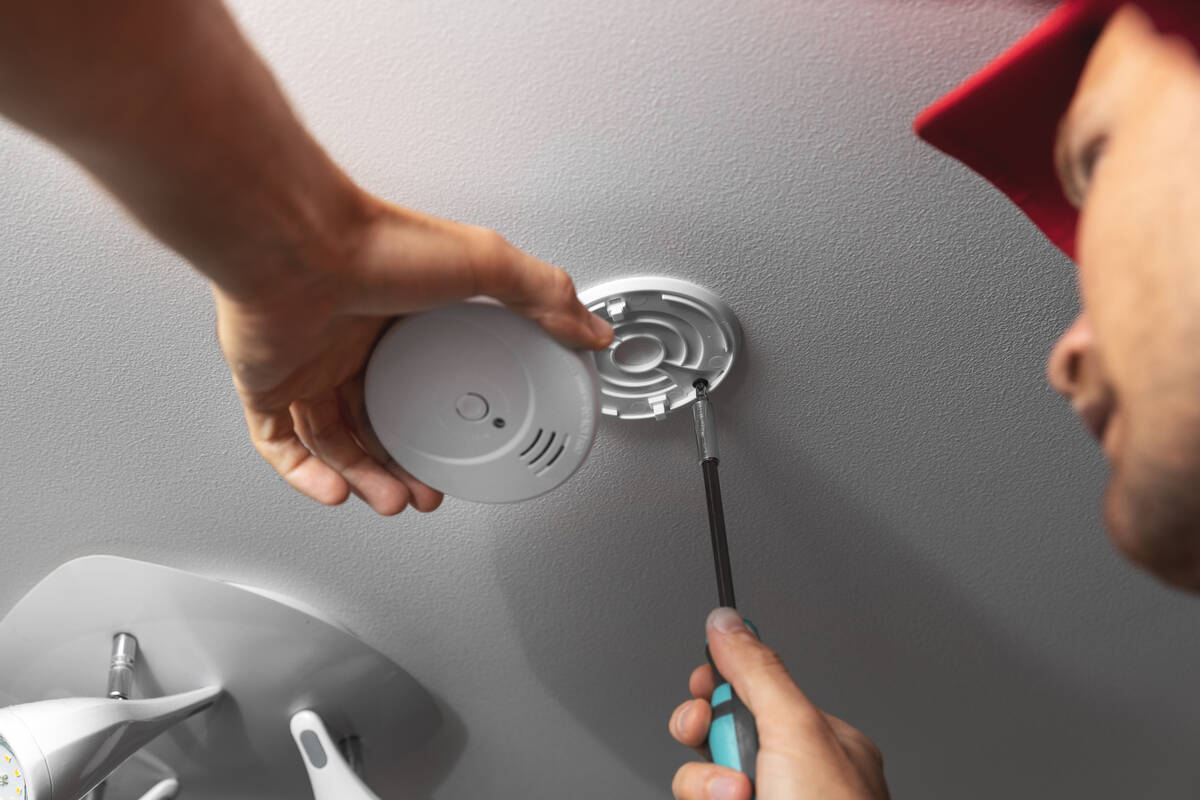Inexpensive carbon monoxide alarm can be a lifesaver
Q: I’ve heard a lot about the dangers of carbon monoxide in the home. Would I be smart to install a carbon monoxide alarm? If so, how many should I buy and where should I put them?
A: You’d be very smart. According to the Centers for Disease Control and Prevention, at least 420 people die in the U.S. annually from accidental carbon monoxide poisoning, and more than 100,000 people in the U.S. visit the emergency room each year because of accidental CO poisoning. An inexpensive alarm could help prevent this.
Carbon monoxide pollutes the air inside your home. It is absorbed into your bloodstream, reducing the blood’s ability to carry oxygen.
In a light exposure to CO, you may experience flu-like symptoms, such as headache, vomiting, nausea and general tiredness. With heavy exposure, you’ll get a severe headache and feel sleepy and/or confused. Heavy exposure can also result in unconsciousness and death.
CO is an invisible, odorless gas that is the byproduct of burning gas, oil, charcoal or wood. Areas of concern are furnaces, fireplaces (especially wood-burning), gas water heaters, gas ranges and portable generators. Attached garages are another area of concern when a car is started there and left idling.
Normally, appliances emit CO outside through vent pipes, flues, chimneys, etc. A problem arises when these vents become blocked or broken, and the CO enters the living space.
Also, as homes become more energy efficient with fewer air leaks, the natural drafting of CO through these vents is decreased, making it easier for CO levels to build up inside the house.
An alarm costs $20 to $45. Less expensive ones are battery powered and can be wall-mounted with a couple of screws, while high-end models have a digital readout that displays the level of CO in parts per million.
These models also display the peak CO level, and although the level may not be high enough to trigger the alarm, you can monitor the reading and see if the level is rising. These units plug into a standard electrical outlet. You can also buy combination alarms that measure CO and smoke.
A low level of CO is generally considered to be less than 50 ppm, while a reading of 50 ppm to 100 ppm is considered midlevel. A reading that exceeds 100 ppm is considered high or dangerous.
The alarm will sound depending on the level of CO and the length of time that level has been detected.
The degree of danger to an individual depends upon one’s length of exposure as well as one’s health.
People are most vulnerable to the buildup of CO in the bloodstream during sleep, so at a minimum install an alarm near the bedrooms on each floor of the house and in a location where there are no drafts.
Consult the manufacturer’s recommendations that are included with each alarm.
If the alarm sounds, get to fresh air immediately, and ventilate the house by opening doors and windows. Call a professional to evaluate and repair the source of the CO.
Mike Klimek is a licensed contractor and owner of Las Vegas Handyman. Send questions to handymanoflasvegas@msn.com or 4710 W. Dewey Drive, No. 100, Las Vegas, NV 89118. Visit handymanoflasvegas.com.
Do it yourself
Project: Carbon monoxide detectors
Cost: From around $20 each
Time: Under 15 minutes
Difficulty: ★★


















